My great-grandfather Samuel Wilson, my mother's maternal grandfather, was born in Ballymena, County Antrim, Ireland, which is now in Northern Ireland and part of the United Kingdom.
He was born 30 Aug 1871. He left Ireland from Londonderry on 3 Dec 1890 and arrived in New York on the "State of Nebraska" on 21 Dec 1871.
Here is some information about Ballymena that I copied from Wikipedia and the Ballymena Council web page.
The name of the town of Ballymena comes from the Irish Gaelic “An Baile Meadhonach” meaning “middle townland”.
Ballymena is an area rich in history; you’ll notice many ancient buildings, churches and historical sites in the town and the surrounding villages of Gracehill, Cullybackey, Kells and Portglenone. The first recorded history of this area dates to the early Christian period between 5th – 7th centuries; however archaeologists have uncovered artifacts which are reputed to date from the Bronze Age.
The town of Ballymena is built on land given to the Adair family by King Charles 1 in 1626, on the provison that the town holds two annual fairs and a free Saturday market in perpetuity. Almost four hundred years on, the town upholds its promise; the Saturday market still runs and for two days in June, the town’s Ballymena Showgrounds plays host to one of the largest agricultural shows in Ireland.
Early History
The recorded history of the Ballymena area dates to the Early Christian period from the 5th to the 7th centuries. Ringforts found in the townland of Ballykeel and a site known as Camphill Fort in the townland of Ballee may also have been of this type. There are a number of souterrain sites within a 1¼ mile (2 km) radius of the centre of Ballymena.
Two miles north of Ballymena in the townland of Kirkinriola, the ancient parish church and graveyard possess several indicators of Early Christian settlement including a souterrain. Also in 1868, a gravedigger found a large stone slab on which was carved a cross with the inscription ord do degen. This refers to Bishop Degen, who lived in Ireland during the 7th century. This stone is now in the porch of the Parish Church of St Patrick, in the Parish of Kilconriola, which is found in Castle Street, Ballymena.
At the end of the 5th century, a church was founded in Connor, 5 miles south of Ballymena. This was followed by a monastery at Templemoyle, Kells. In 831, however, the Norse invaded the Ballymena area, burning the church.
In the 12th century, the Normans conquered much of County Antrim and County Down and created the core of the Earldom of Ulster. During this campaign they built great mounds of earth topped by wooden towers, referred to as mottes, as defensive structures. Harryville's motte-and-bailey is one of the best examples of this type of fortification in Northern Ireland. Some sources[who?], however, credit the Uí Fhloinn with building the mid-Antrim mottes and baileys in imitation of the invaders; the Uí Fhloinn defeated and repelled the Earl of Ulster, John de Courcy, in 1177 and 1178.
In 1315, Edward Bruce (brother of King Robert I of Scotland, known as "Robert Bruce") invaded Ireland. On 10 September 1315, at the Battle of Tawnybrack (5 miles south of Ballymena at Kells), Edward conquered the army of Richard De Burgo, the Norman Earl of Ulster.
Post-Medieval
n 1576, Queen Elizabeth I granted land, including the town of Ballymena, to Sir Thomas Smith. The lands had been forfeited to the crown after Shane O'Neill's resistance in the 1560s. Smith brought English settlers to the area. By 1581, Smith's settlement failed and the lands reverted to the crown.
On 10 May 1607, King James I granted the native Irish chief, Ruairí Óg MacQuillan the Ballymena Estate. The estate passed through several owners, eventually passing into the possession of William Adair, a Scottish laird from Kinhilt in southwestern Scotland. The estate was temporarily renamed "Kinhilstown" after the Adair's lands in Scotland. The original castle of Ballymena was built in the early 17th century, situated to take advantage of an ancient ford over the River Braid. In 1626 Charles I confirmed the grant of the Ballymena Estate to William Adair, giving him the right to hold a market at Ballymena on every Saturday.
In 1641, the local Ballymena garrison fought against the rebels but had to retreat to Carrickfergus. Ballymena's first market house (on the site of the present town hall) was built in 1684.
In 1690, the Duke of Württemberg, a Williamite general, used Galgorm Castle as his headquarters. Sir Robert Adair raised a Regiment of Foot for King William III and fought at the Battle of the Boyne.
By 1704, the population of Ballymena had reached 800. In 1707, the first Protestant (Church of Ireland) parish church was built. In 1740, the original Ballymena Castle burned down. The Gracehill Moravian settlement was founded in 1765. During the 1798 rebellion, Ballymena was occupied from 7 June to 9 June by a force of around 10,000 United Irishmen, who stormed the Market House (now the Town Hall) killing three of its defenders.
The first modern Roman Catholic Church in Ballymena was consecrated in 1827. By 1834 the population of Ballymena was about 4,000. In 1848 the Belfast and Ballymena Railway was established. In 1865 Robert Alexander Shafto Adair (late Baron Waveney) started building Ballymena Castle, a magnificent family residence, in the Demesne. The castle was not completed until 1887.
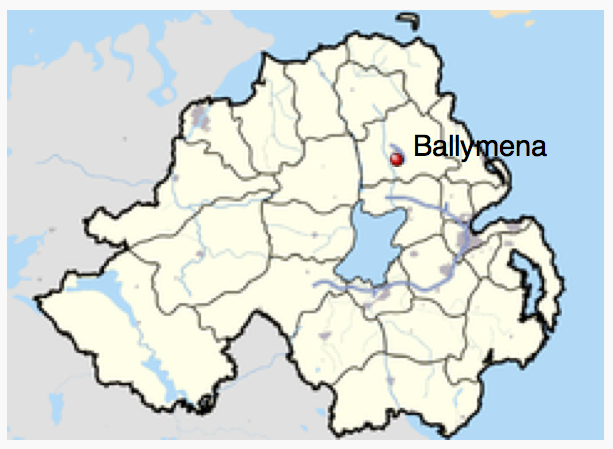
Ballymena, County Atrim, Northern Ireland
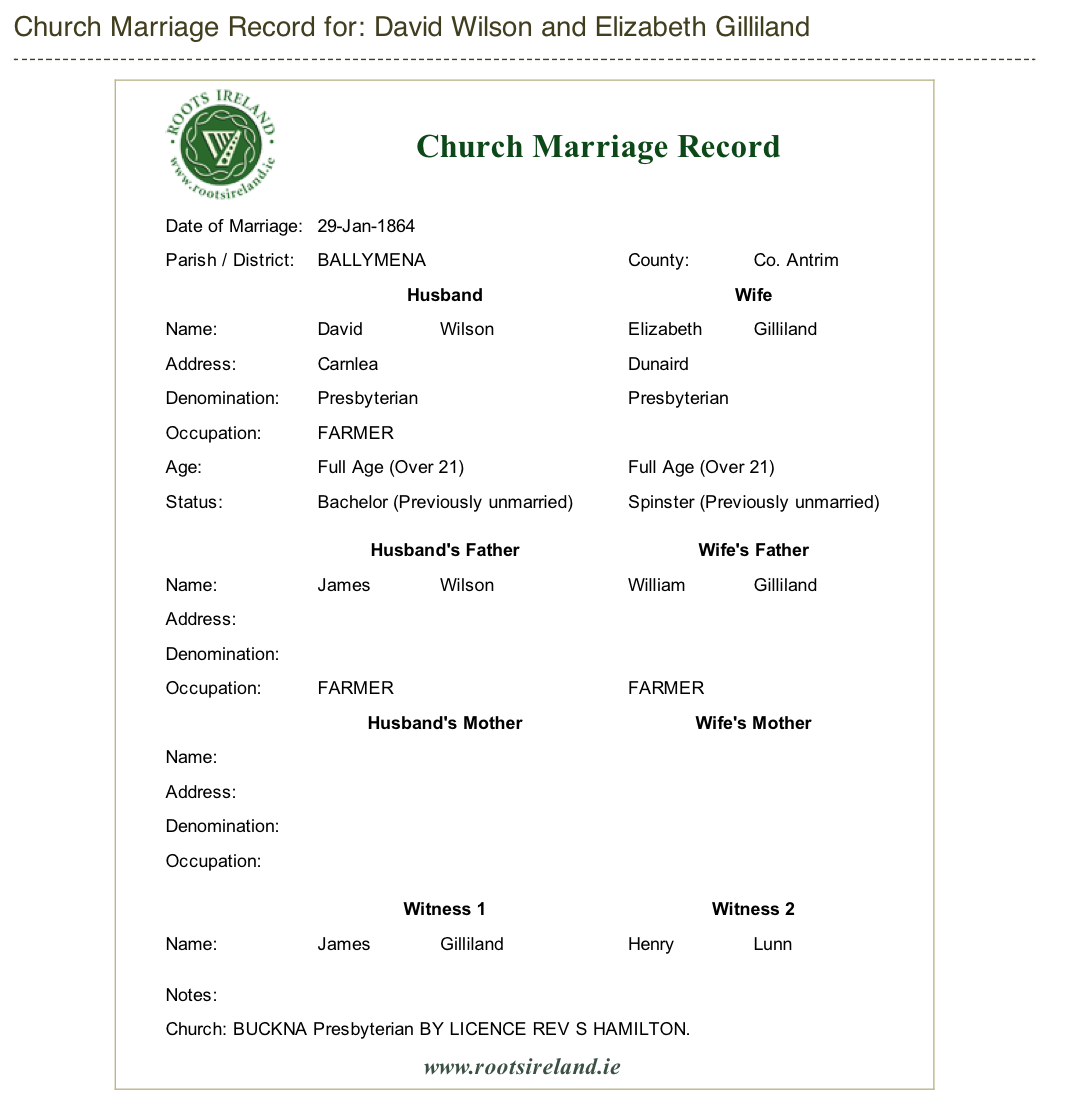
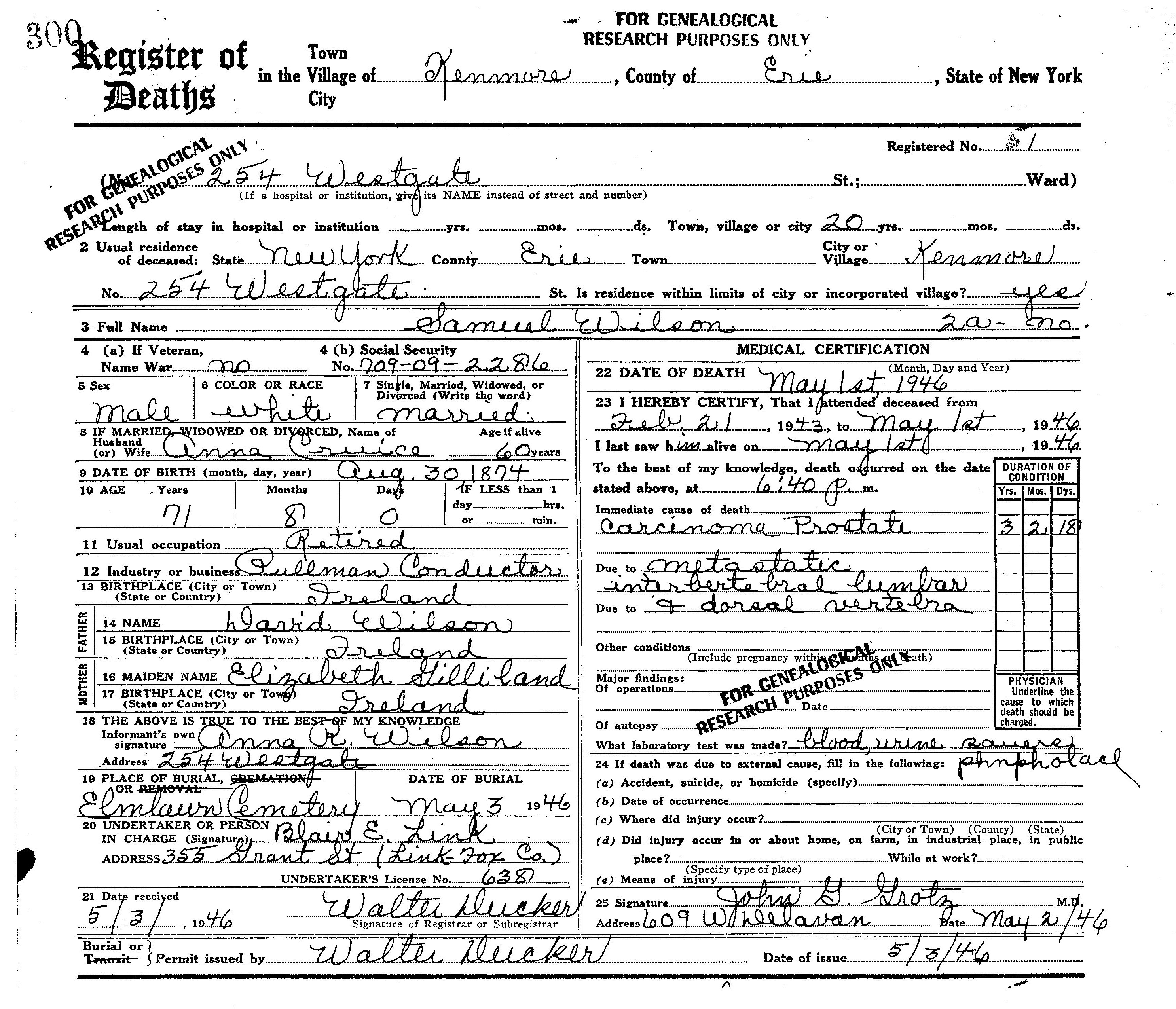

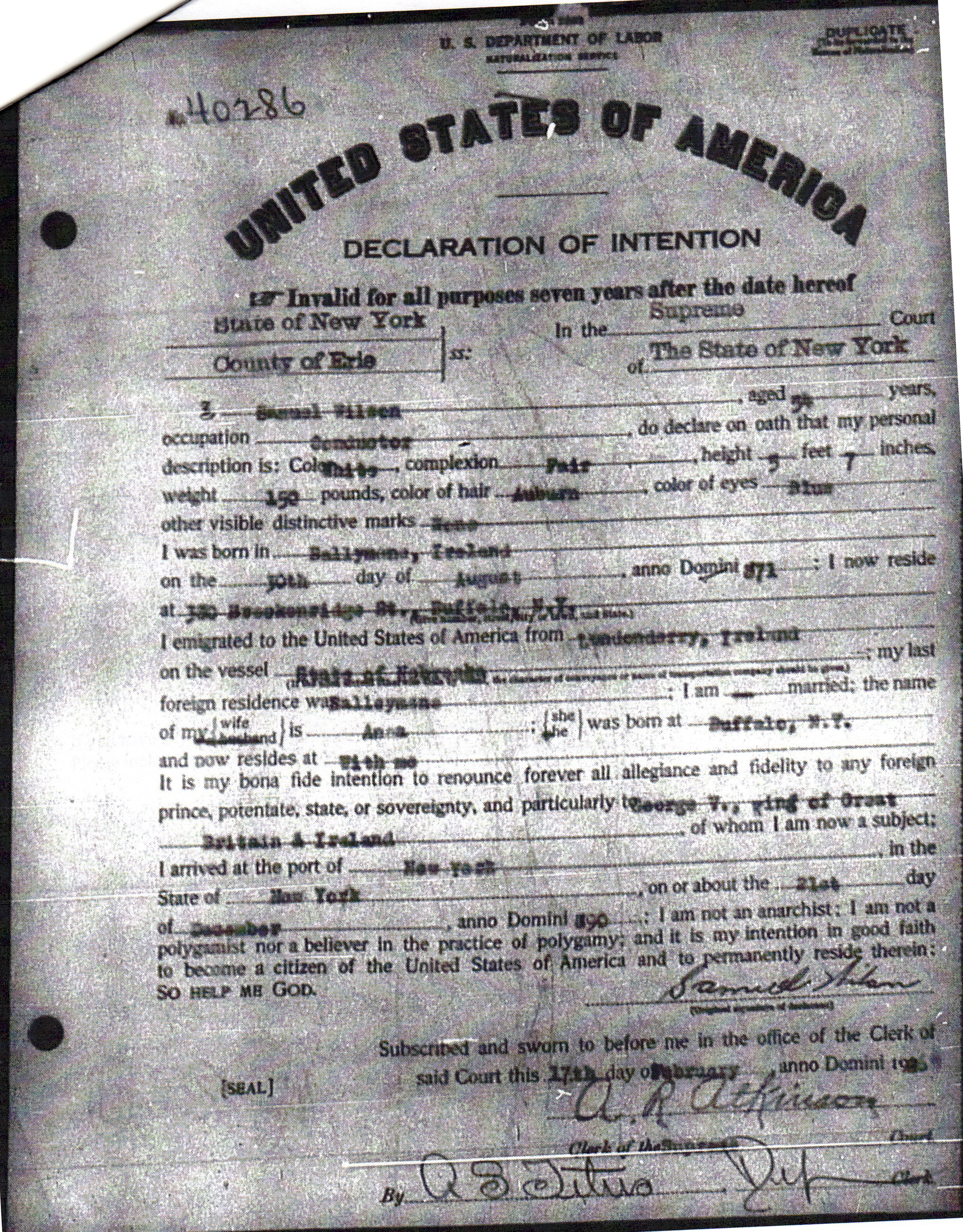
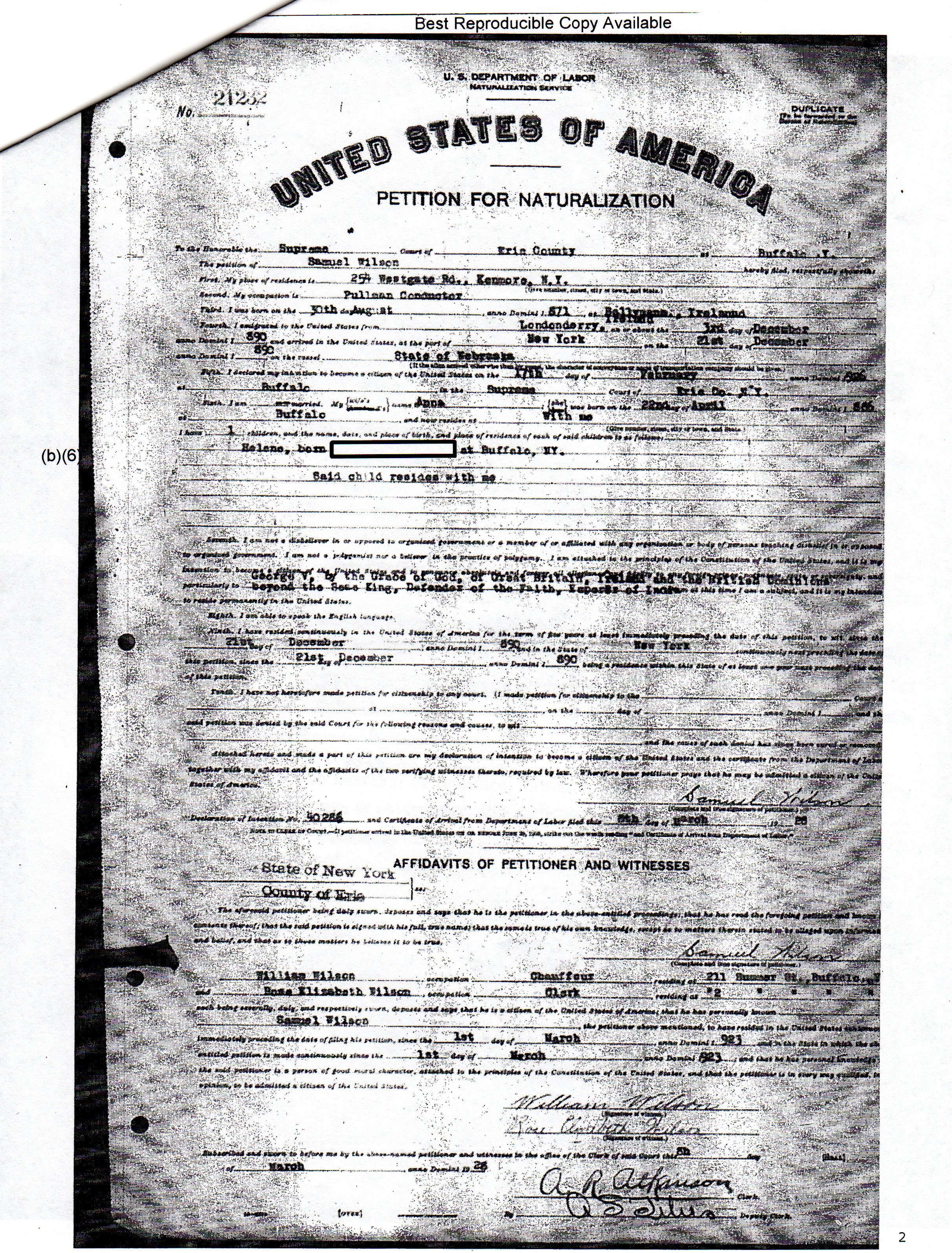
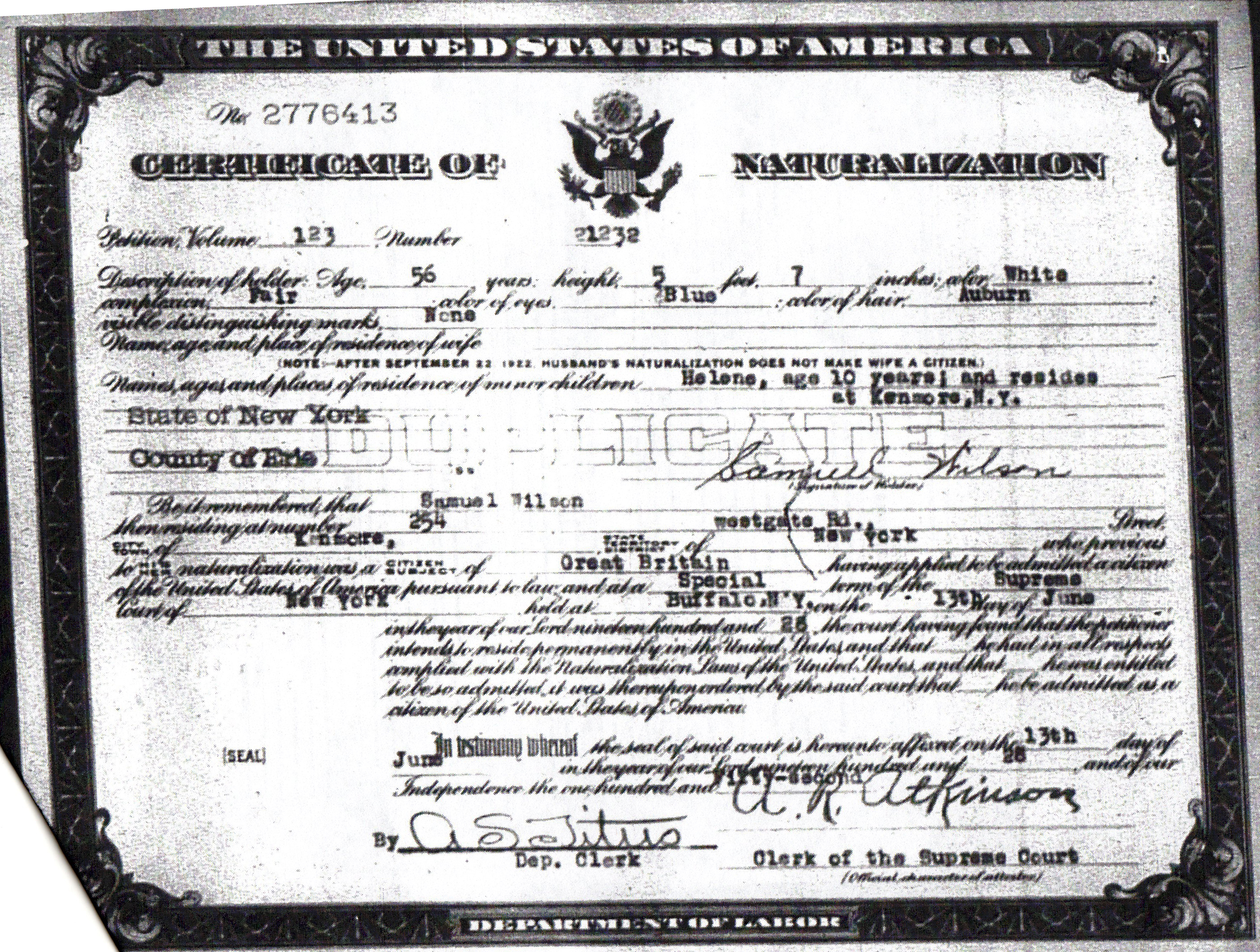
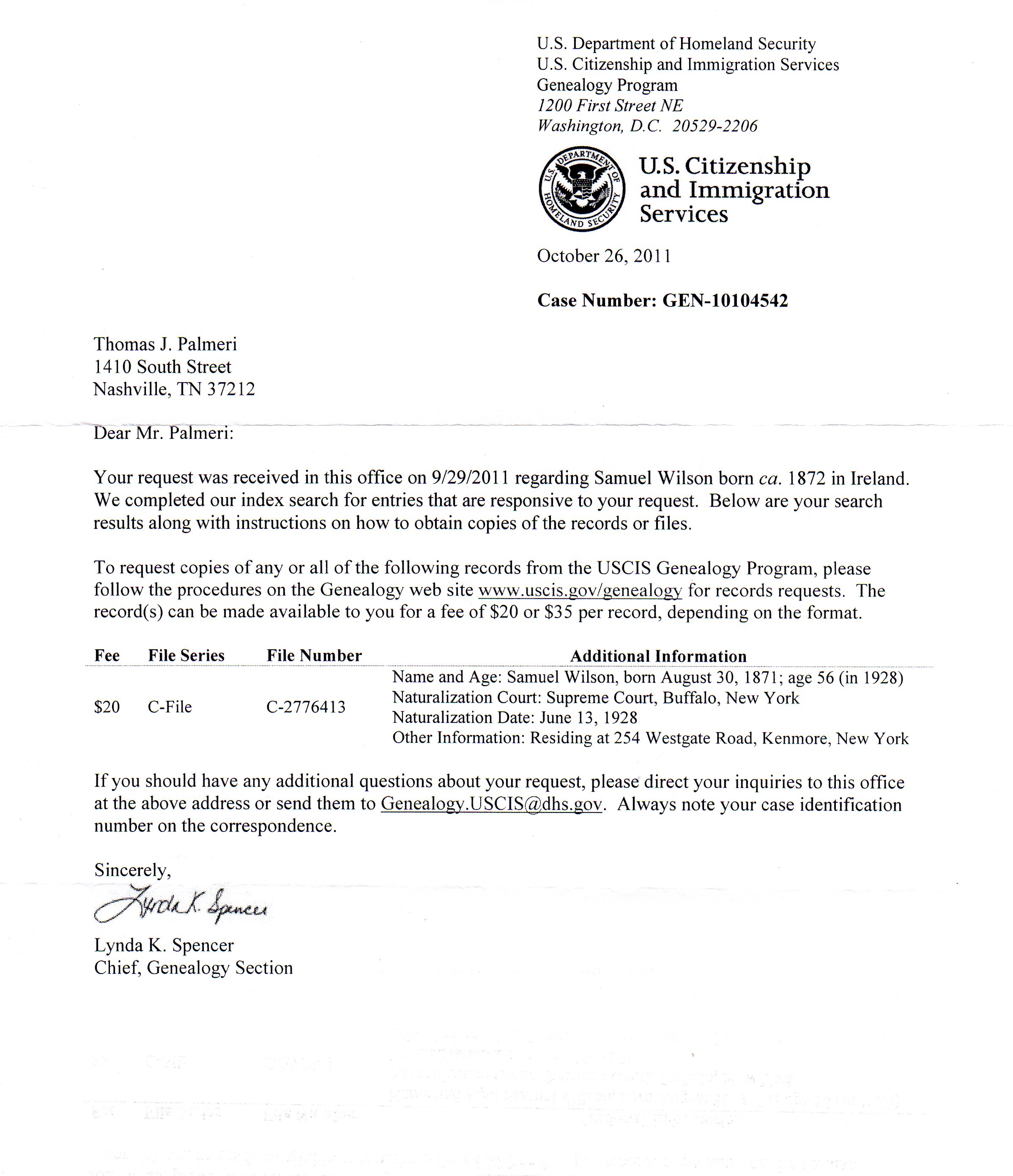
.jpg)